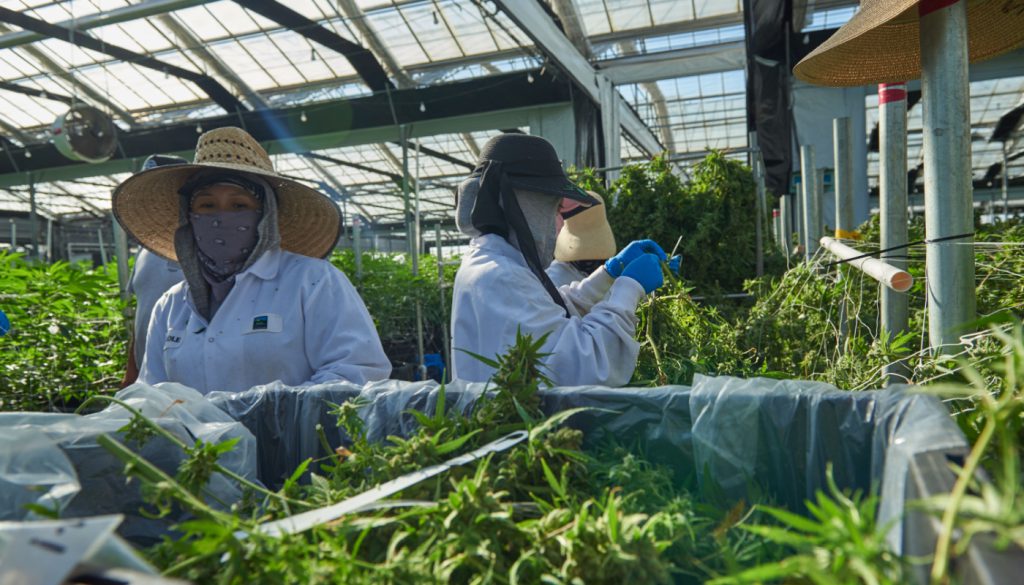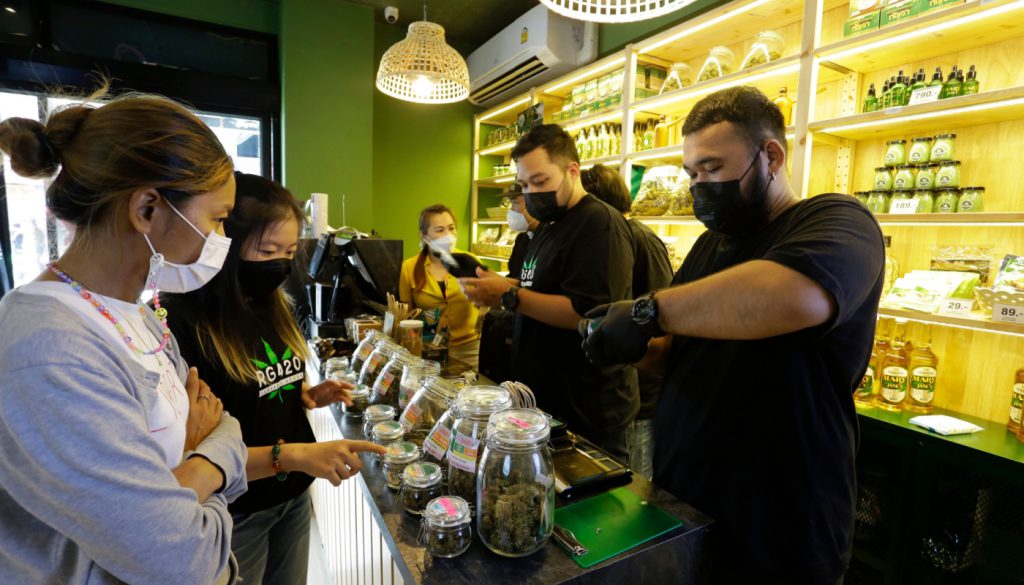Why Cannabis Industry Workers Struggle to Organize

Ken Green
CEO & Founder
UnionTrack
As the cannabis industry grows, so do concerns about the way workers are treated.
“Because cannabis is a new industry, we haven’t effectively regulated these industries as much as they should be… we’re seeing a lack of regulation specifically in the safety and protection for workers that we obviously see in other industries, but it’s much more rampant in cannabis, especially in the growing and cultivating facilities,” says Jack Fell, communications director for United Food and Commercial Workers Union (UFCW) Local 1445.
So, cannabis workers are turning to unions to help them gain those health and safety protections as well as win better wages and benefits. While there have been some successes, the industry overall has been slow to unionize.
Buyouts Make It Difficult for Unions to Win Elections
One of the main reasons unions are struggling to get a stronger footing in the cannabis industry is that multi-state operators (MSOs) are monopolizing it.
When states legalize the sale of cannabis, independently-owned companies are usually the first to obtain the limited number of licenses, explains Grace Baffoe, intake specialist at Bridge Legal. Then they are pressured to sell out to big corporations that intentionally wait for the smaller companies to invest the time and money to set up locations. With that part out of the way, the MSOs can buy the local shops that are already up and running and quickly increase revenues.
This constant changing of hands presents challenges for unions. “Workers are struggling to form unions amid a fluctuating industry in which smaller firms are at constant risk of buyouts,” writes Matt Petras for Pittsburgh City Paper. The constantly changing workforce landscape complicates unionization.
That’s because when small companies are bought out, many employees leave. If it’s before the union election has taken place, then the union gets pushed back to square one in the organization effort with new employees who may not support the effort. Essentially, momentum for unionizing is lost.

Cannabis Industry Employers Conduct Heavy Union-Busting Campaigns to Stop Organization
When workers are able to gain some momentum to form a union, cannabis employers wage intense union-busting campaigns to quash the effort.
“It was mental, physical, verbal, daily abuse from these guys – they fought us tooth and nail the whole way,” says industry worker Tonya Townsend of the failed efforts to unionize at her former employer Green Thumb Industries in Rock Creek, Illinois. This is a reflection of the experience that the majority of cannabis workers have when trying to form a union.
“Restore [ Restore Integrative Wellness Center in Philadelphia] utilized a lot of the typical scare tactics and intimidation,” says Wendell Young, president of UFCW Local 1776, of workers’ experience trying to organize. “They created a hostile work environment.” The union-busting tactics included captive audience meetings with union-avoidance firm representatives and anti-union emails from management encouraging employees to vote against the union.
Similarly, when Anissa Keane tried to organize a Curaleaf location in Arizona, the company came out swinging. Keane alleges management told employees they would lose out on their tips if they organized and tried to scare workers by saying union organizers would show up at their houses and force them to sign union cards. Ultimately, Keane says she was fired for her organizing efforts (which the company denies).
These are just a few of the many stories cannabis industry workers tell of their experiences trying to organize their workplaces. It’s a testament to the fact that these companies will do just about anything to keep unions out with little concern for repercussions.
That’s why solidarity in the effort is so critical. Union organizers must gain the support of the majority of workers as quickly as possible to win elections at cannabis facilities. To help that effort, they should use a tool like UnionTrack® ENGAGE® to connect to more members in the unionization effort. The wider the reach, the better the chances of winning that majority.
Images used under license from Shutterstock.com.







